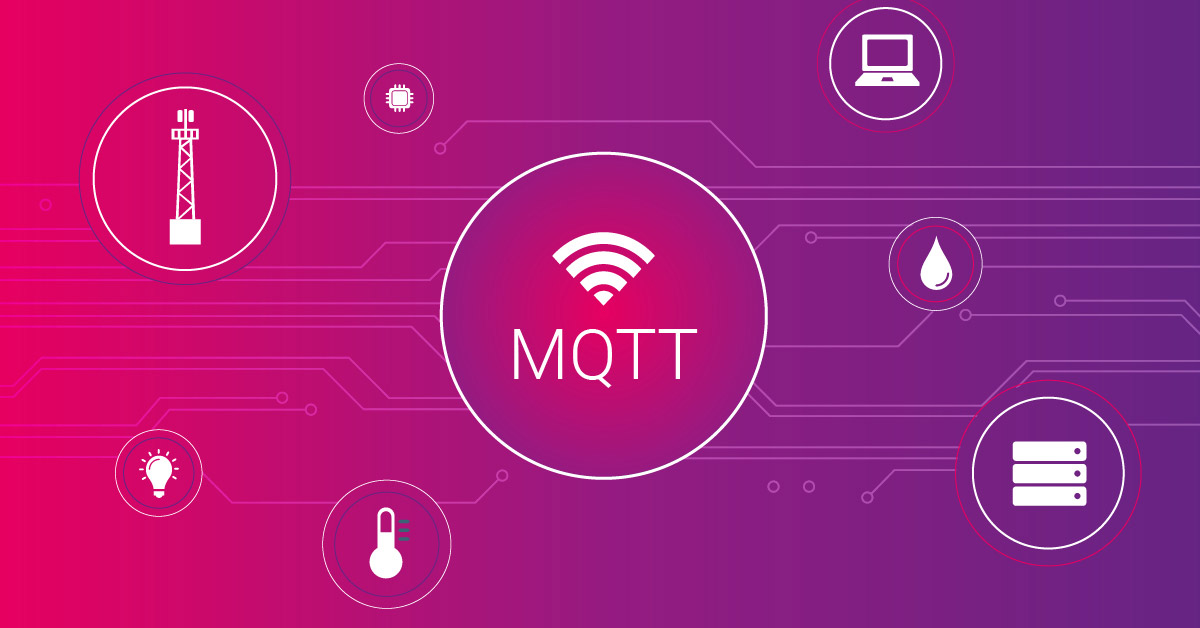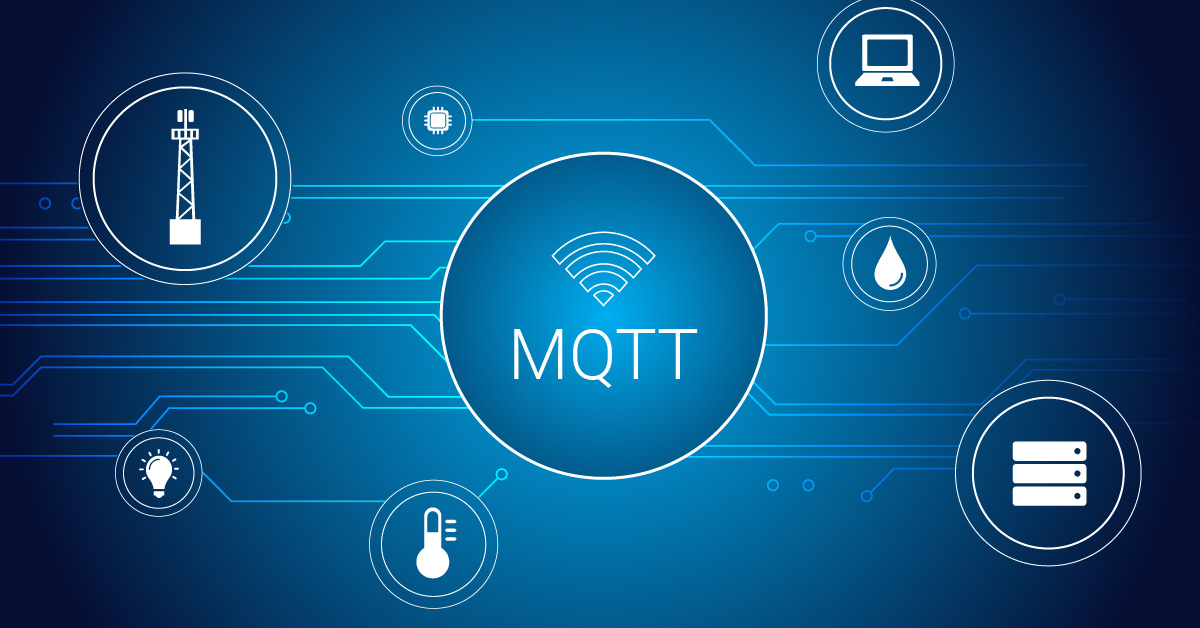If you want to monitor IoT or IIoT environments, chances are you will need to understand MQTT architecture, since MQTT is one of the most used protocols out there. And, if you’re using MQTT, there’s a good chance that you’re using the Eclipse Mosquitto MQTT broker, which has become one of the most ubiquitous MQTT brokers in the market. It’s creator, Roger Light, spoke on The Monitoring Experts podcast about how he started Mosquitto and how he watched it – and the IoT – grow exponentially over the years. You can listen to his story (and get tips for monitoring MQTT) by clicking on the banner.
What is an MQTT broker?
Before we discuss the story, it makes sense to first explain what an MQTT broker is. Essentially, a broker is the central hub in the MQTT communication architecture. It receives messages from publishing clients, routes them to the appropriate subscribing clients based on topic subscriptions, and manages the overall communication flow. It also defines Quality of Service levels. Get more information on MQTT and its architecture here: IT Explained: MQTT
The growth of MQTT and Mosquitto MQTT
When Roger Light attended an open source software conference in 2009, he saw a presentation on MQTT by Andy Stanford-Clark (one of the co-inventors of MQTT). At that time, there was no open source MQTT broker, but Andy mentioned in his talk that the specs were available if someone wanted to develop one. This sparked Roger to start a hobby project called Mosquitto MQTT broker. A decade and a half later, that broker (now called Eclipse Mosquitto) is not only still around but is one of the most-used MQTT brokers in the world. In fact, it has been hugely influential on how MQTT and the Internet of Things have developed.
These days, it’s difficult for Roger to accurately say exactly how much it is used.
He explains: “If you think that Mosquitto is available in the Raspberry Pi repositories and basically every single Linux distribution, you've got no idea how many times it's been used. A big one is Docker, because it's very popular on Docker, and we're just just creeping up to 600 million pulls on there. So we've just got completely fake numbers, but nevertheless, they’re a guideline of sorts.”
Why is Mosquitto MQTT broker so popular?
The big question is why has the Mosquitto MQTT broker become so ubiquitous? Roger has two answers, and the truth is probably a combination of these.
Firstly, the Mosquitto MQTT broker can basically run everywhere.
“I've seen it used on a 180 MHz MIPS processor with 32 megabytes of RAM, which is pretty limited,” says Roger. “But then it can push 50 megabytes a second for a single instance on something more powerful and handle tens or hundreds of thousands of clients at once, which is, for the vast majority of companies, way more than they need on a single instance.”
His second answer is that Mosquitto was available in the right places at the right time. “Mosquito was the first open source MQTT broker available. And for many people, it's the first thing that they came across.”
Subscribe to the podcast for more IT and monitoring stories
To get the full story, listen to Roger Light’s interview on The Monitoring Experts podcast. And subscribe to the podcast to get regular monitoring best practices, deep dives, and IT stories in your podcast feed!
 Published by
Published by 











